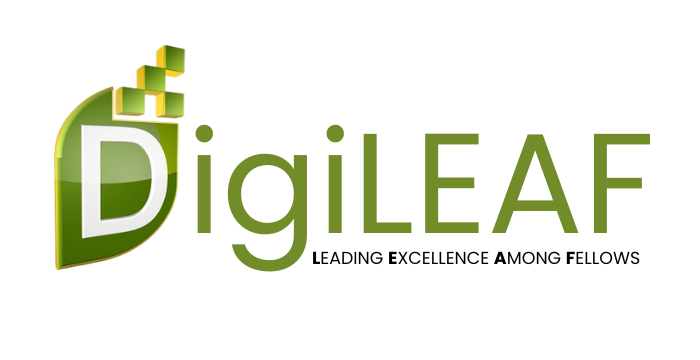Many people regard their sense of sight among others as one that greatly helps them…
Observation and the Art of Skillfully Breathing down on One’s Neck (Part 2)
In our previous article, we discussed several tips in conducting an Observation. Here we expand the list by adding more tips that will enable you to get the best and high-quality elicitation results in your next Observation session:
PAY ATTENTION
When you observe, your sight shouldn’t be the only sense that is at work. The more multisensory you can allow your observation session to be, the better. As business analyst, you have to keep tabs on the process, actors, business rules and constraints, as well as the type of data that flows through the process.
Your observation notes will guide you into understanding the process and all the actions (triggers and outputs) around the process. In observation, you can discover something that may appear immaterial to the process or to the quality of outputs expected in the process (measurement tools, safety gears, and other nuances of performing an action), but may actually turn out to be very important, however undocumented those were in the manual.
IF POSSIBLE, CONDUCT MULTIPLE OBSERVATION SESSIONS
One of the drawbacks of Observation is that it rarely captures all the requirements in just one session, so allow yourself some flexibility when there’s a need for multiple sessions. Often, you need to schedule another observation session to supplement or verify the facts you gathered from a previously conducted elicitation technique like document analysis, interviews, etc.
Any task that has repeatable manual processes is a great candidate for an observation. Take for example, manufacturing. Also, observation works for designers and usability experts capturing user interface requirements.
Or, in another circumstance, observation may be rendered ineffective if the process being observed involves a high level of intellectual activity. For example, it’s rather useless to observe a copywriter writing marketing copies for a certain campaign. Although the business analyst can observe him or her typing away at the computer, much of the writing process takes place in the brain, and therefore cannot be documented.
DOCUMENT RESULTS
The documentation results of an observation session must contain the following:
- Process observed with clear identification of steps
- Issues and problems encountered
- Standards and policies uncovered, if applicable
- Potential solutions or recommendations for improvement, if applicable
Before sending the final elicitation results to other stakeholders, make sure to send a summary of observation notes to the shadowed process owner or user. This step allows for review and clarification.
If you need to observe many users in just one work environment or working on just one process, it’s better to schedule them one at a time but take note of the commonalities and discrepancies you observed from each user performing the process and their interaction with tools, and other actors.
In some cases, potential solutions or recommendations are put off at a later date, as this activity requires further study and analysis. Remember that Observation is, first and foremost, an elicitation technique; and the goal of elicitation is only to draw forth possible requirements. One must not jump into solving the problem or addressing a business need without proper analysis and viability of possible solutions.
